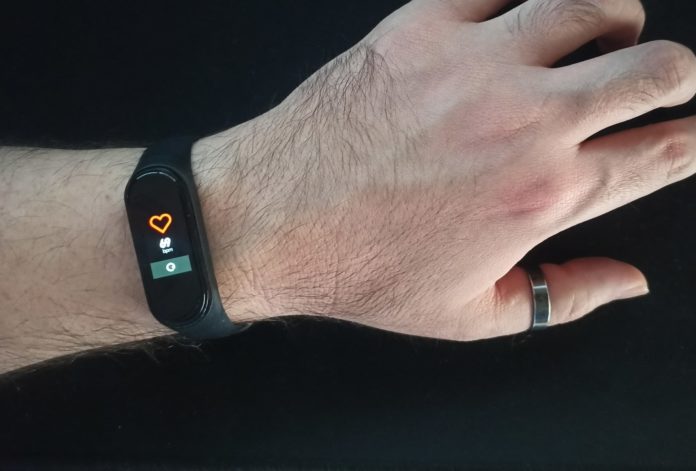
Your heart rate goes up when you’re working out and perhaps you’re tracking the heart rate while active in order to burn more fat and achieve other fitness goals, but what about when you’re sitting or laying down? The resting heart rate can be a big indicator of your health and level of physical fitness. Here’s why it’s important.
Strong Indicators
The resting heart rate represents the number that shows how fast your heart beats when you’re still. It’s an indicator of cardiovascular health, as a lower resting heart rate typically means you’re fitter. This is because fit people have heart muscles that work efficiently enough so they don’t have to work extra in order to maintain the proper level of blood circulation.
Fast or Slow?
The numbers vary, but the typical resting heart rate for most people should be between 60 and 100 beats per minute. People who are more active tend to have a lower resting heart rate. While lower heart rate is usually better, pay attention if it’s combined with some other symptoms like fatigue and shortness of breath, as they may suggest some medical problem. If you’re dealing with a higher resting heart rate, you should visit a doctor even if you don’t have any other symptoms.


